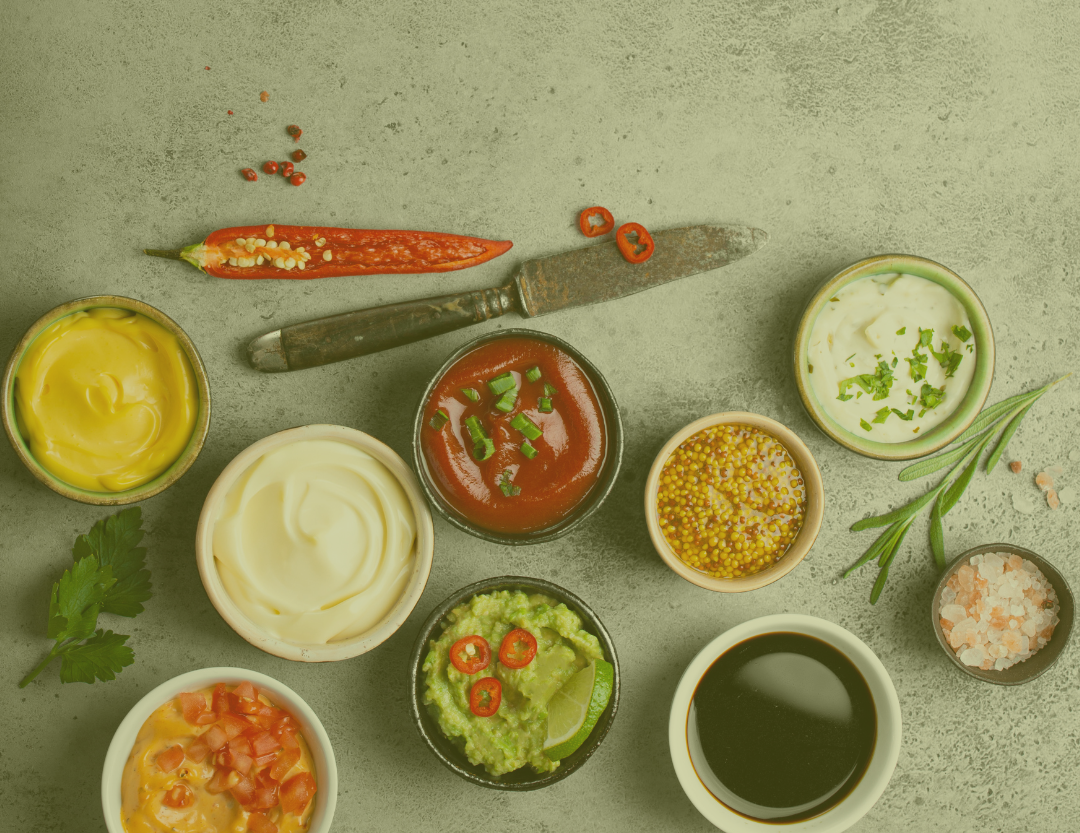In modern liquid filling applications, especially those requiring net weight accuracy, the method of product delivery significantly affects the performance of the entire filling line.
When liquid flow is unstable or system pressure varies, it can lead to inconsistent dosing, increased product waste, and longer downtime during cleaning or changeover.
Liquid filling performance starts with the right product feed system
To meet varying production demands, two solutions have been engineered: the Tank-On-Board product feed system and the Tankless product delivery configuration.
Each system addresses key operational challenges in liquid filling equipment, enabling manufacturers to optimize for product consistency, hygiene, and run flexibility.
Tank-On-Board Feed System:
Ideal for operations with unstable upstream supply. Acts as a buffer tank to maintain steady product flow and head pressure—by gravity or optional tank pressurization. Built in AISI 316L stainless steel, with spray balls, domed floor, and curved welds for efficient drainage and easy CIP cleaning.
Tankless Feed System:
Designed for short runs and high product variability. Product is delivered directly to the positive displacement pump and precision-controlled manifold for accurate filling. With a total internal volume under 4 gallons, it reduces residual waste and minimizes changeover time. Hygienic, crevice-free design ensures high cleanability and turbulence-free flow.
Tank-On-Board vs. Tankless: Which filling system is right for you?
Product flow stability
- Tank-On-Board: Provides consistent flow during unstable supply
- Tankless: Relies on steady feed pressure; optional buffer tank available
Changeover time & product loss
- Tank-On-Board: Higher residual volume, longer changeover
- Tankless: Minimal product loss, ideal for frequent product switches
Hygienic design & CIP efficiency
- Tank-On-Board: Cleanable tank with spray balls, longer CIP cycles
- Tankless: CIP-optimized geometry, smooth surfaces, faster cleaning
Production type
- Tank-On-Board: Suited for long, consistent production runs
- Tankless: Best for short runs and multiple product formats
Boost liquid filling accuracy and efficiency with the right system
Whether you're filling pharmaceutical liquids, cosmetic emulsions, food-grade syrups, or chemical products, selecting between Tankless and Tank-On-Board liquid delivery is a strategic step in optimizing your production line.
Both configurations support net weight filling systems and high-performance dosing. The choice depends on your specific requirements: throughput, product stability, changeover frequency, and hygiene standards.


